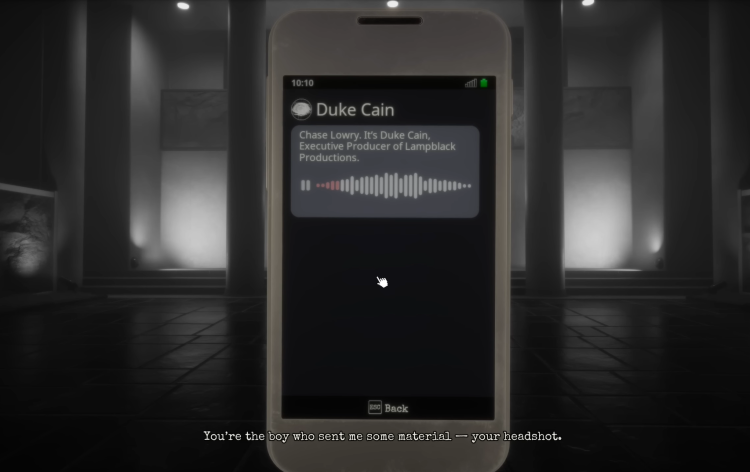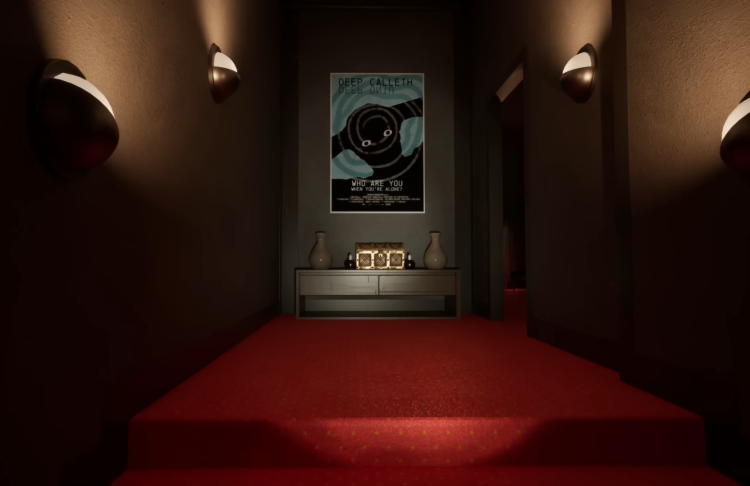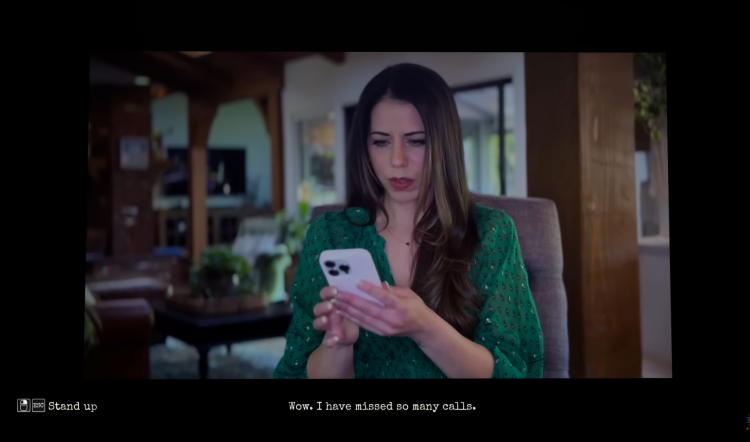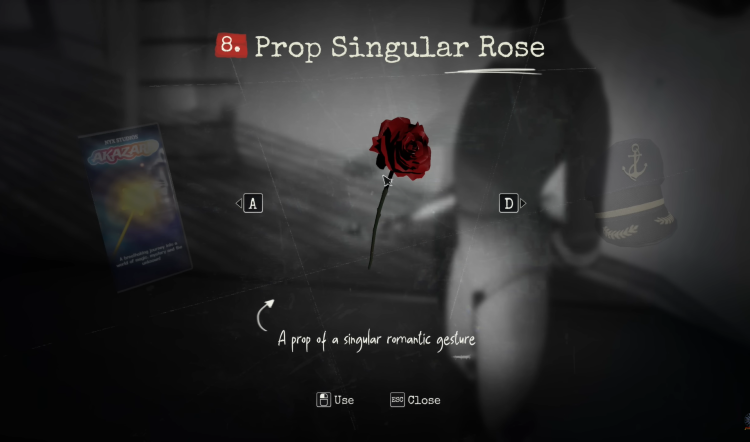Dead Take Review – No Reshoots Necessary
A five-hour descent into a twisted Hollywood mansion, Dead Take mixes puzzle-solving with unsettling full-motion video performances to deliver something that feels less like a horror adventure and more like a confessional from an industry haunted by its own secrets. You play as Chase, an actor hunting for his missing friend Vinny inside the mansion of a powerful producer. What starts as a search turns into a disturbing dive into the ugly truths behind movie-making, with surreal moments that blur reality but never fully distract from the raw human performances driving the story.
The game starts in darkness—literally and thematically. Chase arrives at Cain’s mansion, the home of a Hollywood producer whose influence looms over the industry like a shadow. There are hints of a party having taken place, but the place feels abandoned. Lights are off, hallways are unnaturally still, and rooms are strange in shape and decoration. The main goal seems simple: find Vinny. But it quickly becomes clear that Vinny’s new role as “Willie” in an upcoming film is tied to a web of personal grudges, manipulations, and career-shattering decisions.
This review is based on coverage and insights originally published by GameSpot, which provided detailed impressions of Dead Take’s gameplay, performances, and overall impact.

Chase’s journey is told through a mix of exploration, environmental puzzles, and FMV recordings found on USB drives scattered throughout the mansion. These recordings are the game’s core strength. They’re not just cutscenes—they’re hauntingly believable performances that feel like slices of reality. Neil Newbon gives Chase a quiet desperation that borders on obsession. Ben Starr plays Vinny with effortless charm that barely masks opportunism and nepotism. Alanah Pearce and Laura Bailey, as women fighting over the leading role, bring an uncomfortably realistic tension to scenes about replacing a “problematic” actress with a more “agreeable” one. And Jane Perry, as Cain’s wife, delivers a performance so chilling it lingers long after the credits.
The power of Dead Take comes from how real these moments feel. Surgent Studios calls the game a reaction to real-life events and rumors in both the film and video game industries, and it shows. Even though the story is fictional, the weight behind the performances suggests lived experience. It’s not the kind of horror that makes you jump—it’s the kind that makes you feel complicit for watching. The mansion might be a set, but the emotional truths bleed through like blood through old wallpaper.

Gameplay leans into a “reverse escape room” design. At first, most of the mansion is locked. Doors are marked with strange symbols—mice, shields—and need matching keys. Clues hide in paintings, pianos, and desk drawers. You might need to check the date on a hidden painting to unlock a keypad, or follow visual hints to play a melody on the piano. These puzzles vary in difficulty. Most are satisfying to solve, rewarding careful observation and logical thinking. But a few swing too far in either direction—some so simple they’re barely puzzles, others so obscure they halt the game until you brute-force your way through.
A blacklight found mid-game changes how you see everything. Invisible ink reveals messages, hidden clues, and small touches that make the mansion feel alive with secrets. These moments reframe earlier areas in clever ways, reinforcing the sense that Chase is peeling back layers of both the house and the industry it represents.
The USB drives you collect are more than collectibles—they’re pieces of the puzzle. Chase uses a program to splice two recordings together, revealing new insights. Two separate interviews might line up into a single conversation, revealing rivalries and betrayals. Splicing an audition tape with a table read can expose the real dynamic between actors. These moments aren’t just narrative reveals—they also unlock new items or clues, pushing you deeper into the mansion. Sometimes, however, the game dips into surrealism here. Splicing certain clips can cause supernatural events—a knocking on the theater door, an item appearing out of nowhere. The effect is eerie, but it softens the otherwise grounded horror, leaning into magic where cold realism might have hit harder.

The best splicing moments are the ones that lead to purely logical breakthroughs rather than conjured items. At one point, an earlier clip reveals Vinny’s phone password. Remembering it, you can backtrack, unlock his phone, and find a code hidden in his messages. These instances make the mansion feel like a giant logic puzzle rather than a haunted funhouse. They’re rare, but they’re some of the most satisfying sequences in the game.
As the story unfolds, Dead Take keeps you hooked not just with its mystery but with its growing sense of unease. Cain, the producer, is less a horror villain and more an embodiment of the industry’s ugliest impulses—ego, exploitation, and the casual destruction of lives for art. Chase’s search for Vinny becomes a symbolic excavation of buried truths, with every unlocked door and spliced clip bringing him closer to a reality he might not want to face.

By the final half hour, the surrealism peaks. The game shifts into stranger territory, and some of the grounded tension loosens. While it doesn’t ruin the experience, it does slightly undercut the raw, industry-inspired horror that defines the earlier sections. Still, the closing sequences remain memorable, carried by performances that never lose their intensity.
The entire experience takes about five hours, but it leaves a mark well beyond that. You’re not just solving puzzles—you’re piecing together a psychological portrait of ambition, betrayal, and the moral rot at the heart of fame. Surgent Studios uses the language of horror games—locked doors, hidden clues, strange noises—but what they’ve really made is an actor’s nightmare, dressed in the clothes of a mystery thriller.

One of the game’s most telling lines comes from Cain himself:
“Something real.”
It’s what he demands from his actors, and it’s what the game delivers in its performances. That reality is disturbing, ugly, and at times hard to watch—but that’s what makes it unforgettable.
Dead Take is a rare mix of great acting, thoughtful puzzle design, and thematic weight. It stumbles occasionally in pacing and clarity, but it achieves something most horror games don’t—it makes you believe, even for a moment, that what you’re seeing could be true. And maybe it is.

Comments